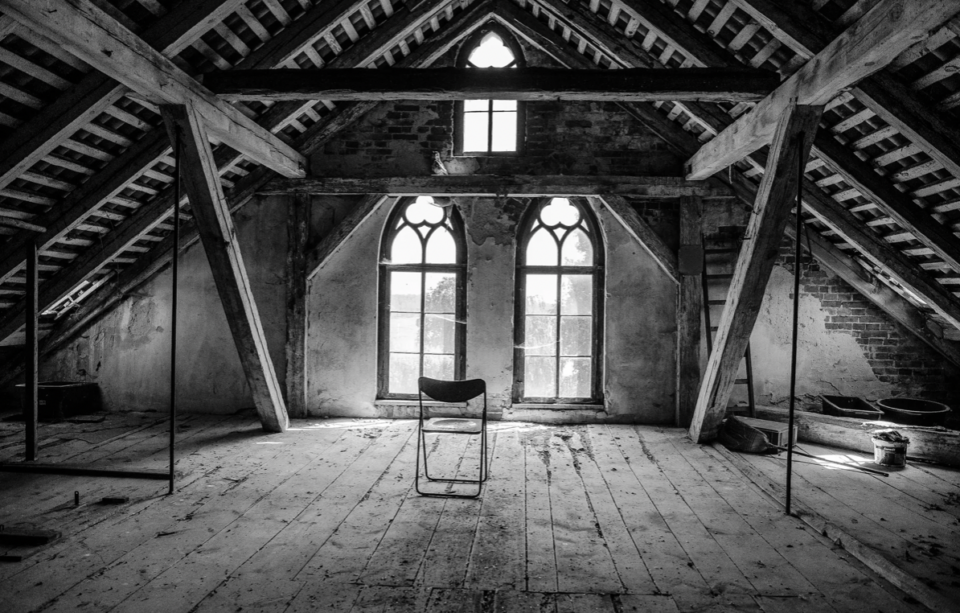The belief in ghosts is deeply ingrained in cultures worldwide, with millions of people considering the existence of spirits beyond death. A 2019 Ipsos poll even found that 46% of Americans admit to believing in ghosts, showcasing the widespread fascination with the paranormal.
Ghost stories and the idea of the dead lingering in spirit form have been part of human storytelling for centuries, appearing in religious texts like the Bible and literature such as “Macbeth.” These tales have given rise to a genre known as ghost stories, which continues to captivate audiences. Belief in ghosts often extends to related paranormal concepts, including near-death experiences, afterlife, and spirit communication, providing comfort to those who hope for continued connection with departed loved ones.
Efforts to communicate with spirits have existed for ages, with activities like séances gaining popularity in Victorian England. Even prestigious universities formed ghost clubs and organizations, like the Society for Psychical Research in 1882. While some individuals claimed to possess the ability to communicate with the deceased, skeptics like Harry Houdini worked to expose fraudulent mediums.
Ghost hunting, as a hobby or profession, has gained recent attention, largely thanks to TV shows like “Ghost Hunters.” These programs feature ordinary individuals searching for evidence of spirits using high-tech equipment. The shows convey the message that anyone can investigate ghosts, requiring little more than time, a dark location, and some gadgets from an electronics store. However, despite the popularity of ghost hunting, these endeavors have yet to produce compelling scientific evidence of ghosts.
One challenge in scientifically studying ghosts is the diverse range of phenomena attributed to them, from unusual noises and cold spots to visions of deceased relatives. People often describe ghostly experiences as uncanny, mysterious, or eerie, with no consistent appearance of the classic “ghost.” This diversity complicates efforts to categorize or quantify these experiences scientifically.
Another obstacle to proving the existence of ghosts is the absence of a universally accepted definition. Some consider ghosts to be the spirits of the dead, while others propose alternative theories, such as telepathic entities projected from our minds. The lack of consensus leads to various categories of ghosts, like poltergeists, residual hauntings, intelligent spirits, and shadow people.
Many contradictions surround ghost beliefs, such as the materiality of ghosts. Some accounts describe ghosts passing through solid objects, while others involve ghosts interacting with the physical world. The existence of unsolved murders, despite the presence of ghosts who could identify culprits, raises further questions.
Ghost hunters employ an array of equipment, including Geiger counters, EMF detectors, and infrared cameras, to detect paranormal activity. However, no scientific evidence supports the efficacy of these tools in detecting ghosts. The lack of conclusive findings over decades of ghost hunting raises doubts about the existence of ghosts.
Personal experiences and anecdotes often drive belief in ghosts, but scientific arguments remain inconclusive. While some may attribute scientific legitimacy to ghost beliefs, rigorous scientific investigation has yet to provide empirical evidence for the existence of spirits beyond death.
In conclusion, belief in ghosts persists due to personal experiences and cultural influences, but the scientific community has not produced compelling evidence to substantiate these claims. Ghost hunting, while popular in entertainment, lacks a scientific foundation, leaving the question of ghost existence open to interpretation and skepticism.

